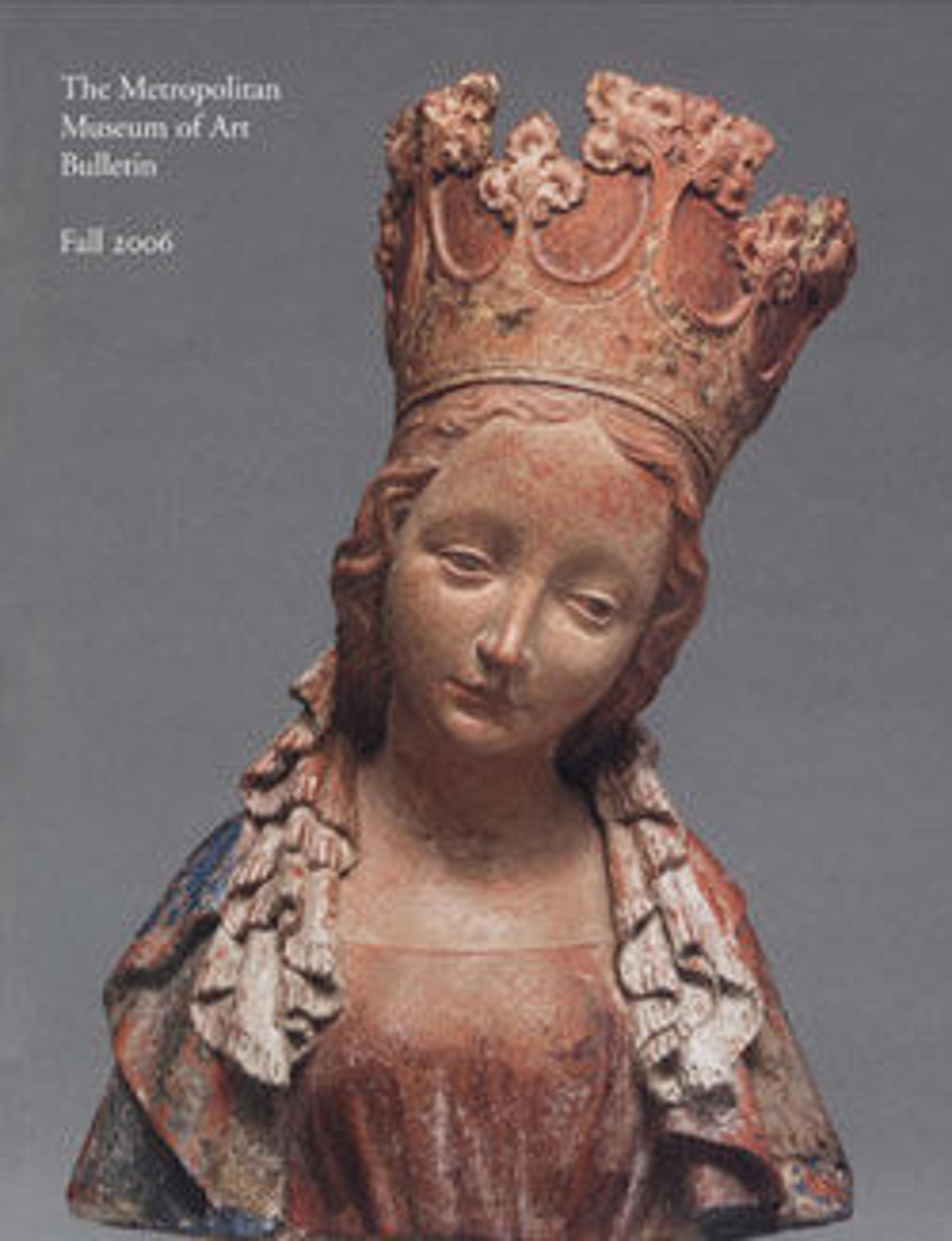Study of Eleven Heads
This drawing is from a group of studies intended as a repertoire of figures for practice and reference. It is one of the most significant and most intact of several such sheets composed by de Gheyn, who worked primarily as a printmaker and draftsman, and was trained by Hendrick Goltzius. The drawing combines images from life (the young man viewed from several angles, blowing a conch shell) with those invented by the artist (the Medusa head and the two strange, long-haired figures, possibly Gypsies, in the center). The varied style of drawing suggests that de Gheyn created the sheet during at least two distinct periods in his career. As technical analysis reveals that he used three different types of ink, he may even have made the drawings on three separate occasions.
Artwork Details
- Title: Study of Eleven Heads
- Artist: Jacques de Gheyn II (Netherlandish, Antwerp 1565–1629 The Hague)
- Date: late 16th–early 17th century
- Medium: Pen and three shades of brown ink with black chalk on laid paper; framing lines in pen and brown ink and graphite
- Dimensions: sheet: 12 1/2 x 9 3/16 in. (31.8 x 23.3 cm)
- Classification: Drawings
- Credit Line: Purchase, Harris Brisbane Dick Fund, Frits and Rita Markus Fund, and Charles and Jessie Price Gift, 2006
- Object Number: 2006.101
- Curatorial Department: Drawings and Prints
More Artwork
Research Resources
The Met provides unparalleled resources for research and welcomes an international community of students and scholars. The Met's Open Access API is where creators and researchers can connect to the The Met collection. Open Access data and public domain images are available for unrestricted commercial and noncommercial use without permission or fee.
To request images under copyright and other restrictions, please use this Image Request form.
Feedback
We continue to research and examine historical and cultural context for objects in The Met collection. If you have comments or questions about this object record, please complete and submit this form. The Museum looks forward to receiving your comments.
